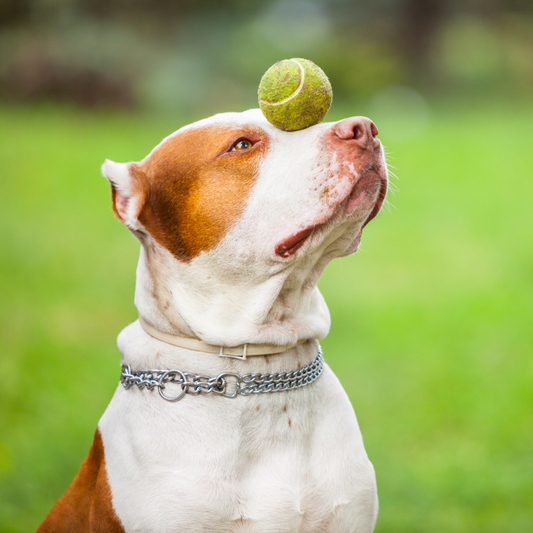Introduction
Many pet parents don’t realize that their furry friend might be carrying more weight than is healthy. Just like humans, dogs can face serious health challenges from obesity, including diabetes, joint problems, and heart disease.
Recognizing the warning signs early and applying the right solutions can keep your dog active, happy, and full of life.
Signs Your Dog May Be Overweight
Not sure if your dog has extra pounds? Look out for these common signs:
- No visible waistline – when looking from above, your dog’s body appears round instead of hourglass-shaped.
- Ribs hard to feel – you should be able to feel ribs without pressing too hard.
- Lack of energy – overweight dogs often avoid play and tire quickly during walks.
- Excessive panting – breathing may become heavy even with mild activity.
- Difficulty climbing stairs – added weight puts strain on joints and movement.
Why Does This Happen?
Q: Is overfeeding the main cause?
A: Yes, feeding more than the required daily calories is the most common reason.
Q: Do treats contribute to weight gain?
A: Absolutely. High-calorie treats given frequently add hidden calories.
Q: Can lack of exercise cause obesity?
A: Yes, dogs need regular activity to burn energy; without it, weight piles on.
Q: Are some breeds more prone?
A: Yes, breeds like Beagles, Labradors, and Dachshunds gain weight more easily.
Q: Could medical issues be responsible?
A: Conditions like hypothyroidism or hormonal imbalances may also play a role.
Effective Solutions for a Healthier Dog
- Adjust the diet – Work with your vet to determine the right portion size and choose a nutrient-balanced food.
- Control treats – Replace calorie-dense snacks with healthier alternatives like carrot sticks, apple slices (without seeds), or pet-safe peanut butter.
- Daily exercise – Aim for at least 30 minutes of activity depending on your dog’s breed and age. Walks, playtime, or agility training are great options.
- Regular vet checkups – Monitor weight, discuss concerns, and rule out medical conditions.
- Set a routine – Consistent feeding and exercise schedules keep your dog on track.
- Track progress – Use a weight chart or app to celebrate milestones.
Helping your dog shed extra pounds isn’t just about appearance—it’s about quality of life. Maintaining a healthy weight reduces the risk of serious diseases and improves mobility, mood, and longevity.
By recognizing the signs early, addressing the causes, and implementing consistent solutions, you’ll be giving your furry friend the gift of good health. Remember: every small step counts. With love, patience, and guidance, your dog can enjoy a healthier, happier, and more active life.









